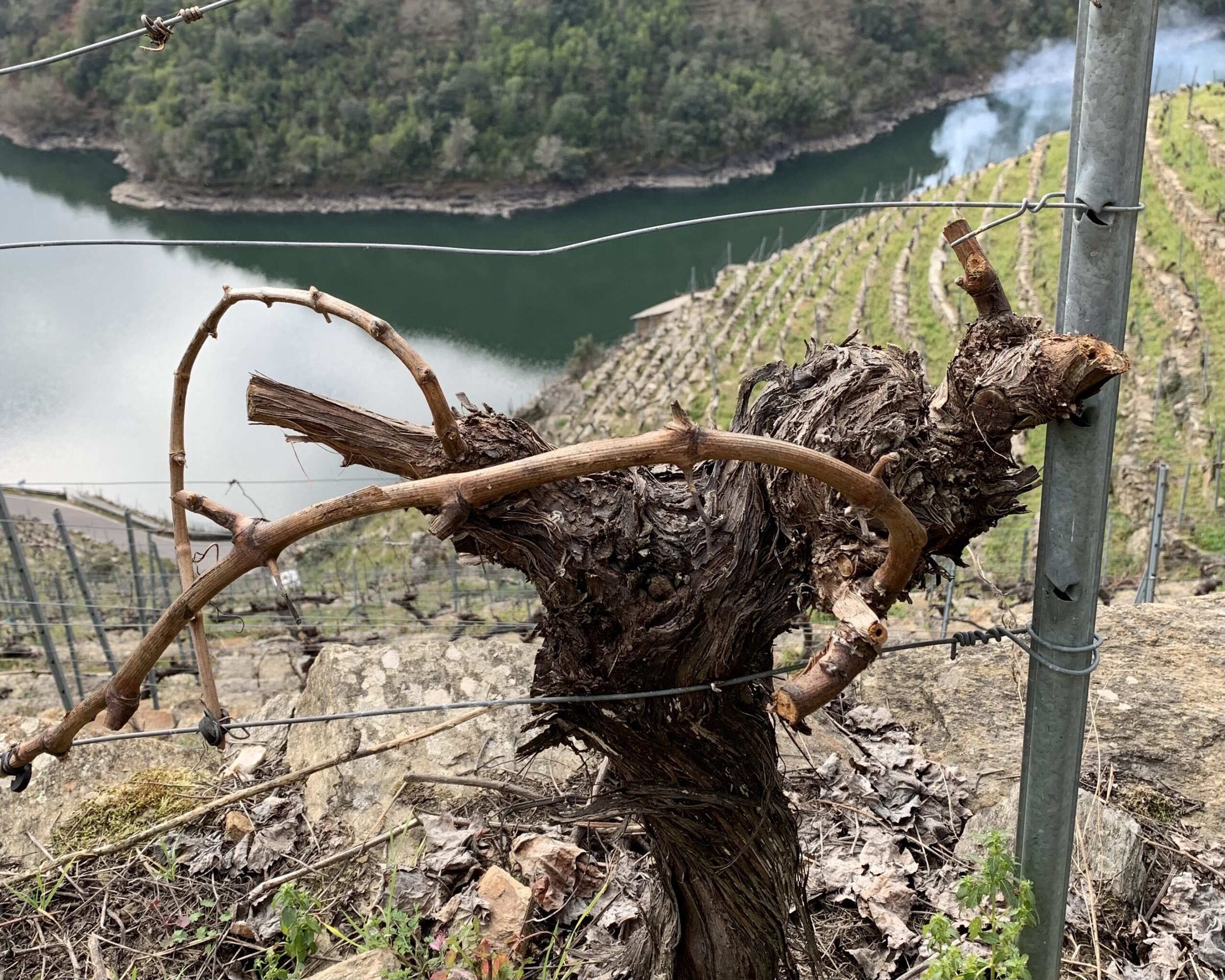An Update in Ribeira Sacra
Amid uncertainty and turmoil, the aid package for crisis distillation of surplus wine in DO Ribeira Sacra has been announced: growers will get €1.05 per liter of wine they get rid of.
That amount was confirmed on September 27 by the Consellería de Medio Rural, and the official order releasing the funds will be published tomorrow in the Diario Oficial de Galicia, with the deadline to apply for distillation aid set one month from the day after publication.
The Galician government said that €1.05 euros per liter is the maximum allowed by Brussels. As confirmed by the Ribeira Sacra regulatory council, the wineries that applied for distillation hope to eliminate about 500,000 liters of red wine.
The regulatory council initially expected funding to allow for around €2 per liter of wine distilled, and when the organization approached wineries with that number, they received distillation requests amounting to around 2.4 million liters. After the real price was announced, the total quantity requested to distill dropped to the current amount of half a million liters.
To receive the aid, wineries will have to distill excess wine before November 15 of this year, and the alcohol they produce may only be used for industrial processes. The Xunta will pay to transport wine to the distilleries to avoid the extra cost to wineries.
The measure is part of the aid package approved earlier in September, which budgeted €500,000 for crisis distillation, an amount which may be increased to €2.4 million “if necessary”, according to the Regional Ministry.
To ensure surpluses like these don’t repeat themselves in the future, the Ribeira Sacra regulatory council has begun to plot out an unequivocal map of the places where new plantations of vines can be authorized and where it is not possible to plant. Antonio Lombardía, president of the DO, says that the map of some areas is ready and hopes that it can be completed before the next harvest.
Lombardía also told La Voz de Galicia that the DO is going to start working on a classification of vineyards by municipalities, sites and plots, along the lines of those applied in Bierzo and Priorat, to provide better information to the consumer.
Notably, there’s no surplus for white wines in Ribeira Sacra—and current production is even falling short. Some producers are already grafting Godello to Mencía vines, and the regulatory council is also receiving requests to register new plantations of Godello, which is being called “the new Albariño” in Spain.
At the end of harvest 2024, Ribeira Sacra will start working on a vineyard zoning project, which will apply a classification by villages, sites and plots similar to that of Bierzo or Priorat. At the base of this new pyramid would be wines with the indication of the area, made with grapes from anywhere in the appellation. Above that would be village wines, made with grapes from that particular place, and a little higher would be single-vineyard wines. The top would be for wines from a vineyard that also meets the highest quality requirements.

